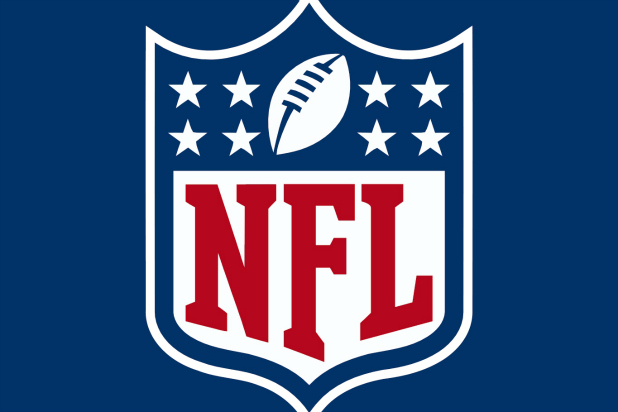Productive NFL players and their agents beam at the thought of fresh contract negotiations. When players become free agents, they are faced with a unique opportunity to sign life-changing deals. Agents do their job in ensuring their clients get the best possible contracts. There are many provisions and clauses in an NFL contract that an agent can address to directly benefit the player. The scope of what an agent is able to do for their player diminishes, however, when that player is an entering rookie out of college.
At one point in time, rookie contracts were negotiated in the same fashion as standard contracts. In 2010, agents Tom Condon and Ben Dogra were able to deliver a coup of a contract to then Oklahoma quarterback Sam Bradford. The #1 overall pick was signed by the St. Louis Rams to a six-year, $78 million contract with $50 million guaranteed. This is still the largest rookie contract in pro football history. Disgruntled NFL owners sought change and were given just that with the 2011 Collective Bargaining Agreement.
The 2011 CBA painted the new rookie contract negotiation process with extreme structure. It introduced the Rookie Wage Scale, which pinned player compensations to a largely fixed amount based on draft positioning. It introduced the Rookie Compensation Pool which placed limitations on the total amount of money teams can pay draft classes. The new CBA also determined a mandatory term for players. Those drafted in the first round were automatically given four-year deals with a team-option fifth year. All players drafted in later rounds were given four-year deals while undrafted free agents got three years. The changes were welcomed by veteran players who saw a larger fraction of team salary spent on them, but deeply hurt incoming rookies.
The first player to feel the ill-effects of these changes was Panthers quarterback, Cam Newton.

Due to unfortunate timing, Newton received a four-year, $22 million contract as the #1 pick out of Auburn in 2011. Granted, it was a fully-guaranteed contract, but this was still a significant drop-off in pay. He got less than half of the guaranteed money that Sam Bradford signed onto the year prior. The 2011 CBA carries a 10-year expiration date with no opt-out clause, so is still in effect today. The wage scale also still exists, but draft picks have at least seen more money come their way as the overall salary cap continues to increase. The CBA will expire after the 2020 NFL season and the NFL Players’ Association will certainly look to score back some player leverage in looming negotiations.

With such a structured rookie contract framework, what can NFL agents actually do to help their players? Longtime NFL agent Leigh Steinberg says there still exist multiple negotiable issues. The size and timing of signing bonuses are “critical.” The signing bonus is essentially guaranteed; clubs can only attempt to recoup bonus dollars in rare scenarios. Teams have a tendency to try and spread the bonus money out over a long period of time, and that’s a space where an agent can help his/her client. “Money has a time value, and most players would like the payout as quick as possible.” Agents can also look to secure certain injury and skill guarantees, as well as production incentives.
Another recent hitch in rookie contract negotiations has come in the form of offset language. Offset language prevents a form of double dipping players try to take advantage of if a team releases them. If there is no offset language in a rookie contract, players can receive paychecks from both the original team that released them as well as the new team they sign with. If there is offset language, players will only receive their year’s pay from the new team. Only a handful of players have been able to avoid offset language, while some like Marcus Mariota have settled on partial offset language structures. This space also presents a great opportunity for agents to create value for their players.
Some players have caught onto and acted upon the rigid structure of rookie contracts. In 2013, Matt Elam of the Baltimore Ravens elected to pass on hiring an agent, saving himself the 1-3 percent commission fee. It’s debatable whether that was a wise move, although the Ravens likely gave him a similar contract structure to their other draft picks. What’s not debatable, however, is that the NFLPA is going to fight to bring leverage back to college prospects. Don’t expect Sam Bradford type deals stemming from the next Collective Bargaining Agreement, but do expect NFL agents to again play a formative role in the negotiation process.
